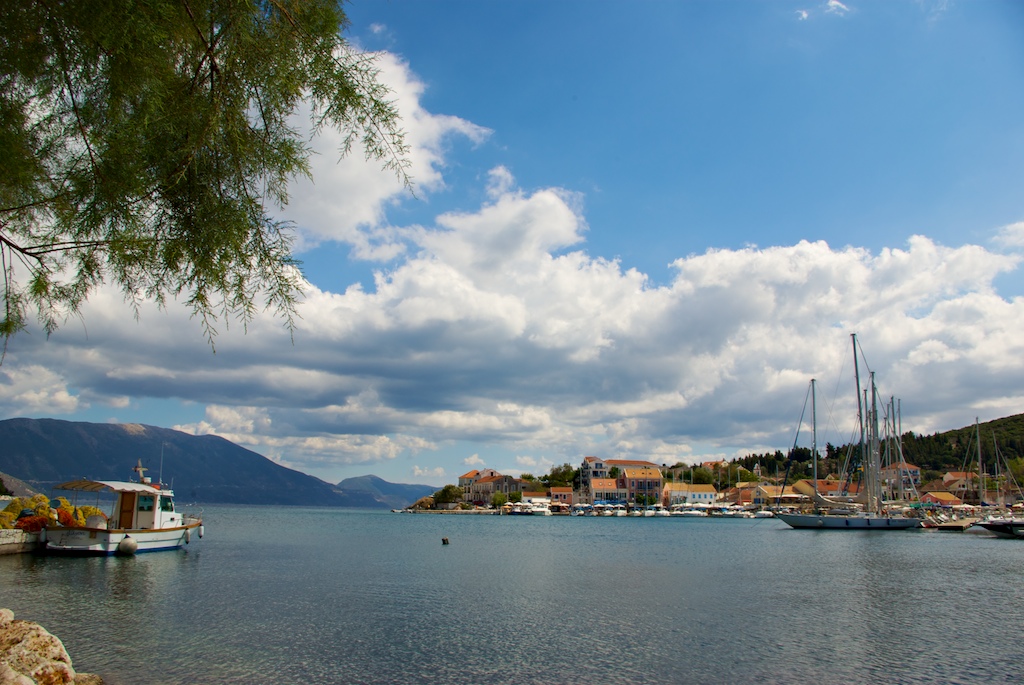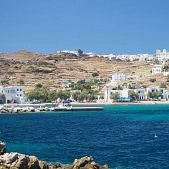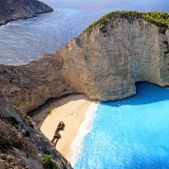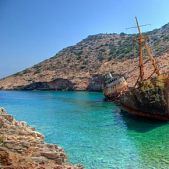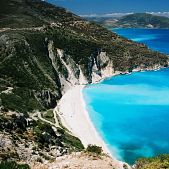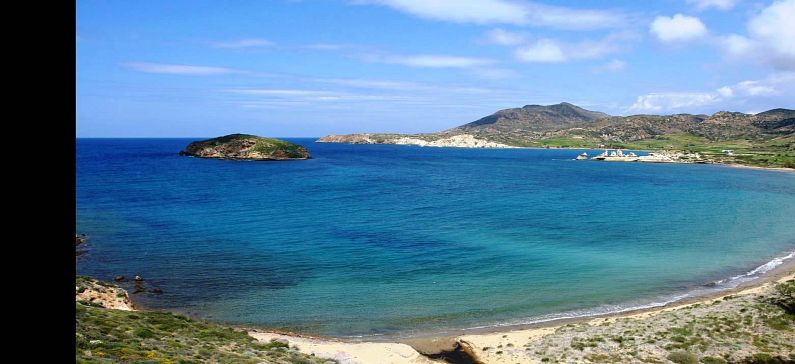
5 hidden-gems in the Greek islands
Many visitors come to the Greek islands with an ingrained image: Whitewashed houses and churches with vivid blue accents, crisp burnt orange sunsets, a labyrinth of narrow streets where a slant of sunlight peaks through the alabaster town square. That really is what favorites like Santorini and Mykonos look like, which is why they’re so popular and crowded. But so too do many lesser-known gems. These 5 islands according to USA Today are perfect for travelers seeking just the right blend of historical sights, unhurried adventure and a dash of delicacies, along with a sprinkling of bouzouki music and Greek dancing. Here, local life is not overrun by large crowds of holiday makers on week-long package deals.
1.Amorgos
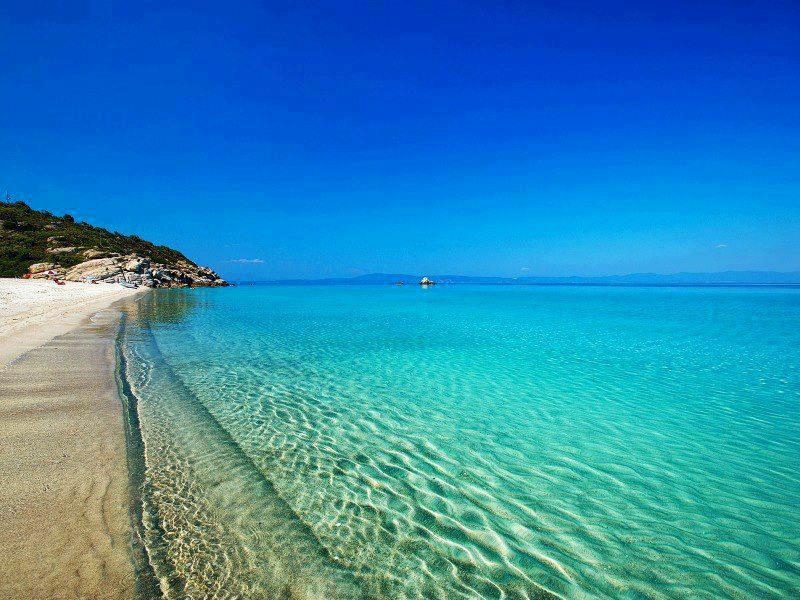
It’s an adventurous eight-hour overnight ferry to arrive at the Amorgos ports of Aegiali or Katapola, but well worth it. This peaceful island is located in the southeast corner of the Cyclades, and has managed to elude most island hoppers. Located at a viewing distance from Naxos, Santorini and Ios, Amorgos captivates visitors with its natural beauty, slow-paced life, quaint villages and traditional architecture. It is filled with fabulous beaches, inspiring filmmaker Luc Besson to shoot scenes from the movie The Big Blue on the beach of Agia Anna, below the 1000-year-old Byzantine monastery of Hozoviotissa.
A walk in Chora and holdover villages of Amorgos is a step back in time. The main port of Katapola is filled with churches dating back to the time of early Christianity. The island’s trail network is well maintained for hiking enthusiasts, who can try short distances or spend long days exploring its diverse paths, abandoned villages and mines and hidden beaches.
The stairway to heaven ascent to the summit is 2,624 feet, with picture-perfect panoramic views. On a clear day, you’ll get vivid views of neighboring Naxos.
The Ionian Island of Kefalonia was put on the map by the 1994 bestselling novel Captain Corelli’s Mandolin, by Louis De Bernieres, which was later made into a film starring Nicolas Cage and Penelope Cruz. The movie showcased the island’s sheer mountain landscapes and sparkling waters. Kefalonia is the largest of theIonian islands, and the fifth largest in Greece. Despite the bustle of summer vacationers on Lassi, Karteleos and on the long, golden beach of Skala, Kefalonia is filled with secluded beaches, steep terrain ideal perfect for exploring on foot, and miles of shoreline you might have all to yourself. A third of the island’s 45,000 inhabitants live in or near Argostoli town. Most visitors to the island arrive by daily ferries from the Peloponnese to the port of Poros.
Myrtos Beach on Kefalonia is world-class. Backed by steep limestone rock walls, it’s a mesmerizing, shimmering portrait of white pebbly rocks leading to shades of sapphire, cobalt, teal, turquoise and just about every other blue that exists.
3. Kimolos
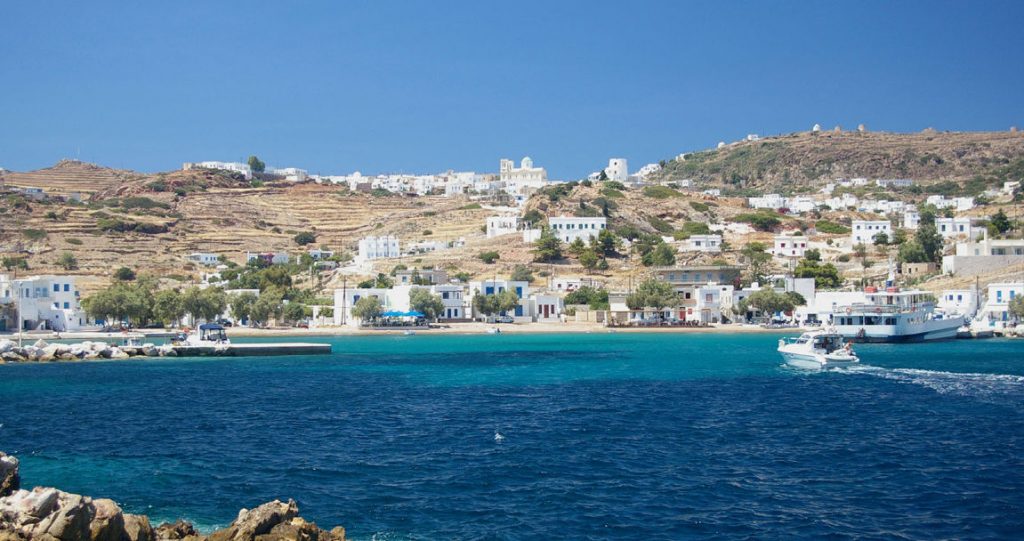
On sleepy Kimolos, visitors will find Greek island life at its unrushed finest. Almost connected to big brother Milos Island by a 15-minute ferry ride, Kimolos remains under the radar. This is an island where locals are on a first-name basis, and if you stay long enough, the locals will begin to know your name as well. Kimolos is filled with hidden fishing villages, and beaches and swimming areas you might have entirely to yourself. The beaches Rema and Karas create the illusion of being in natural swimming pools. Klima and Prasa are filled with white sand and azure waters. Monastiria, Soufi and Agioklima are in spectacular bays where one can enjoy a leisurely swim, and dive from 30 feet into the Aegean Sea. Prasa and Aliki are popular among locals. Another highlight is the Gerakias cave. Dive into the sparkling waters, or walk along its shallow path inside the cave.
4.Milos
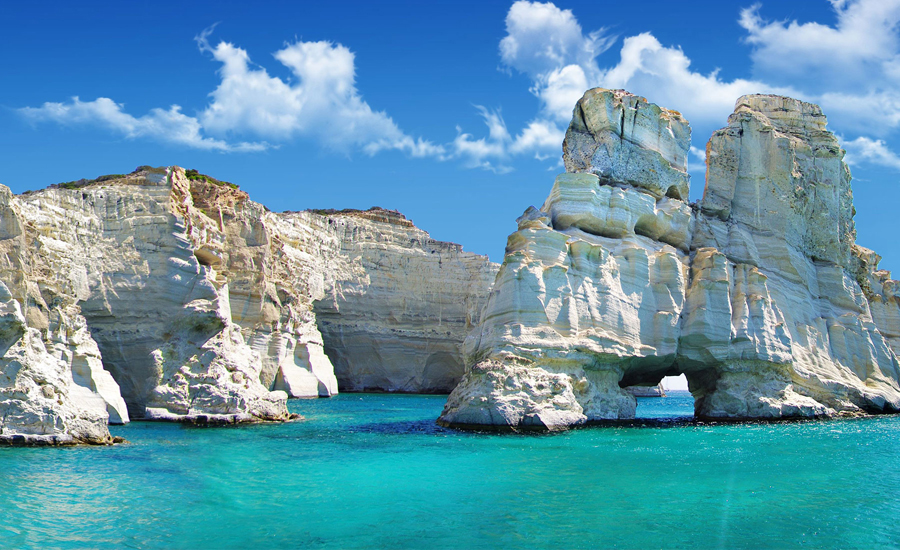
Eighty miles southwest of Athens, and halfway to Crete, lies one of Greece’s most awe-inspiring portraits in rock. Born from explosions in the sea three million years ago, the uneven, serrated geological formations of rock walls that surround Milos are amazing. Less fashionable than its glitzy Cyclade brethren Santorini and Mykonos, Milos offers visitors a romantic escape. The horseshoe-shaped island has over 75 beaches, each with its own unique characteristics. Milos is filled with lacy shores, multi-hued blue waters, golden white sand, pebbly coves and rocky heights of granite ascending from the sea in shades of white, red, yellow and black.
The island’s most astounding swimming hole is the famous moonscape rocks of Sarakiniko. If the sea is calm, it’s an ideal stop for kayaking and cave exploration. Beachgoers should seek Paliochori, with its crystal-clear waters, multi-colored sand and shiny pebbles, and Papafragas, submerged in a cave enclosed by soft white rocks in deep blue waters. The towering rock slabs of ex-pirate den Kleftiko offer one of the most impressive landscapes on the island.
5.Zakynthos
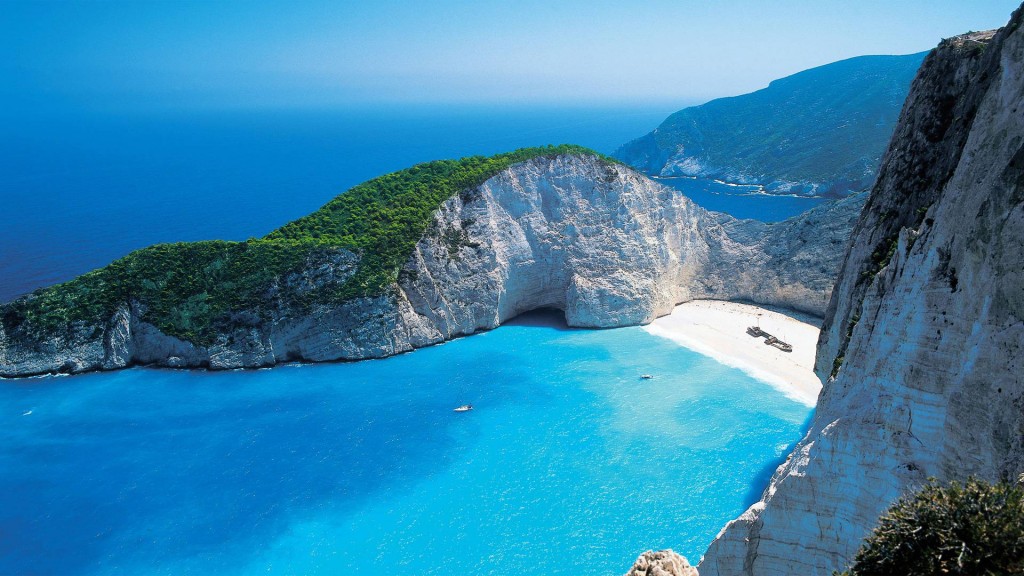
Even in the summertime, the island is large enough to get away from the tourist crowd and to discover an unrushed island lifestyle. The southernmost island of the Ionian chain boasts Greece’s most recognizable beach. Most travelers visit the island for a glimpse of Navagio Beach, or as it is also known, “Shipwreck Beach.” In the early ’80s, smugglers involved in a high-speed pursuit with the Greek coast guard washed ashore right onto the beach. As years passed the boat was never removed. The sand has completely engulfed the now iconic fixture, and it remains smack dab in the middle of the white sand. The beaches of Agios Nikolaos, Alikes, Argassi, Dafni, Gerakas, Kalamaki and Port Zoro also offer superb swimming areas.

